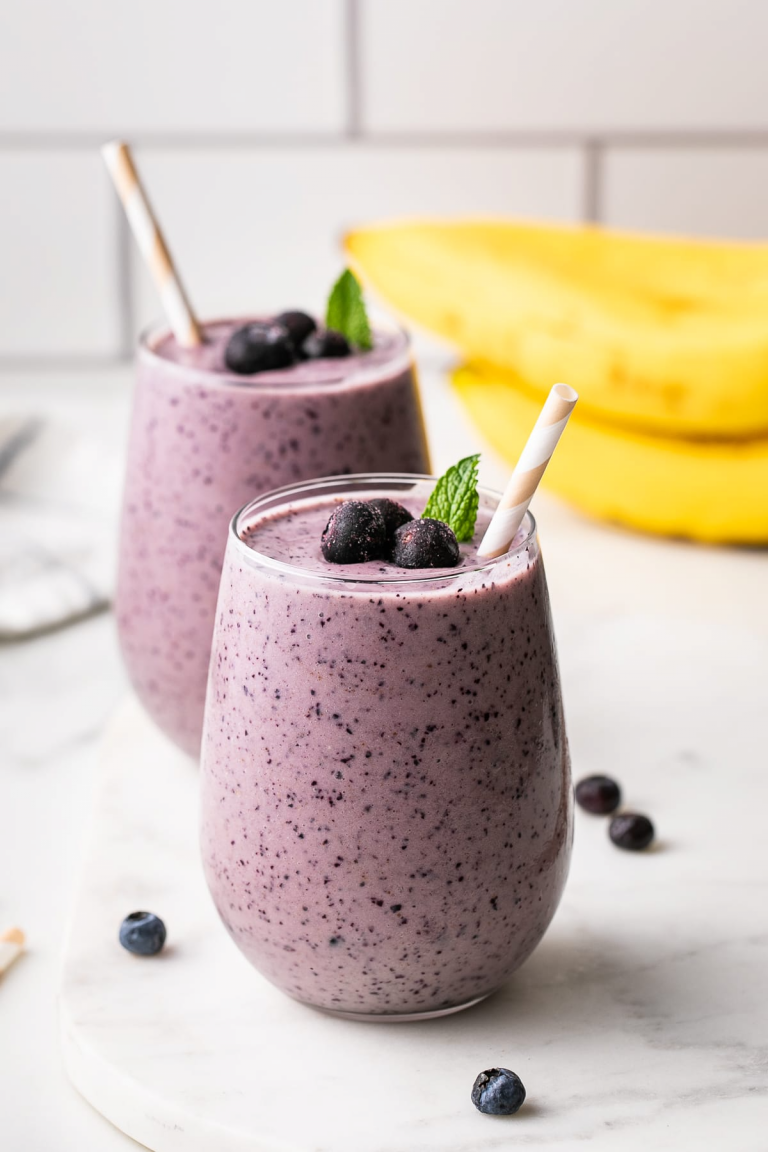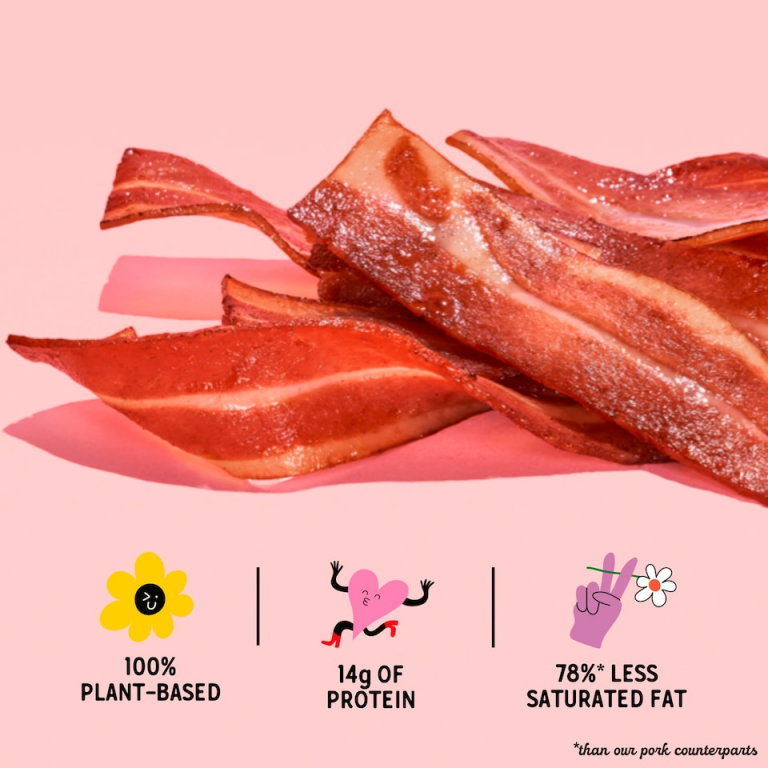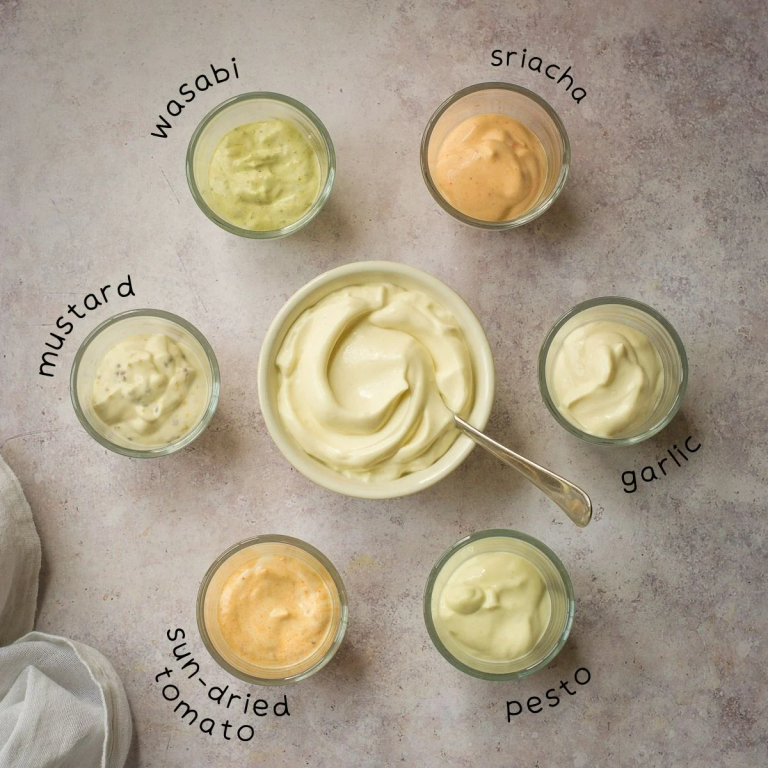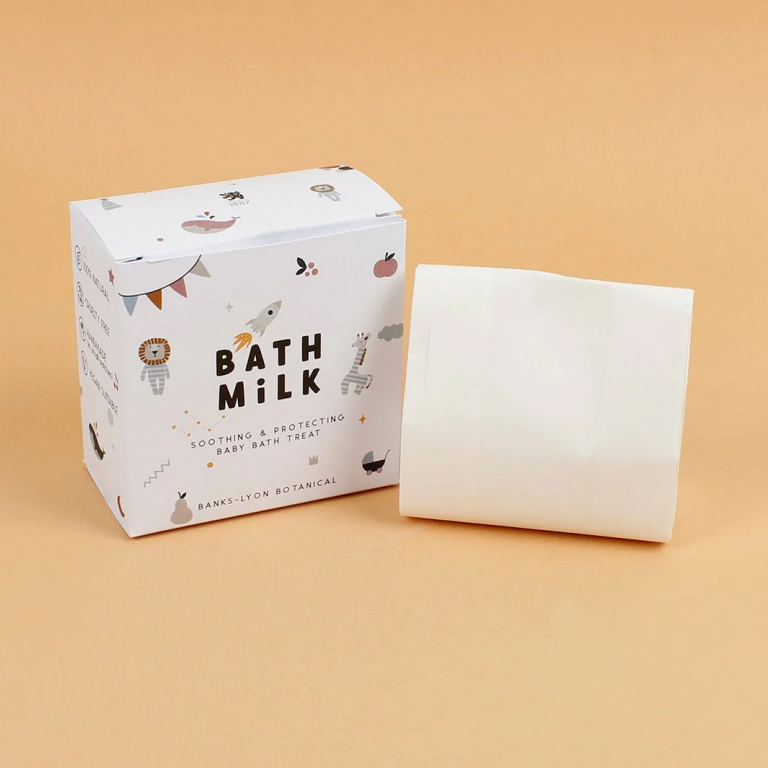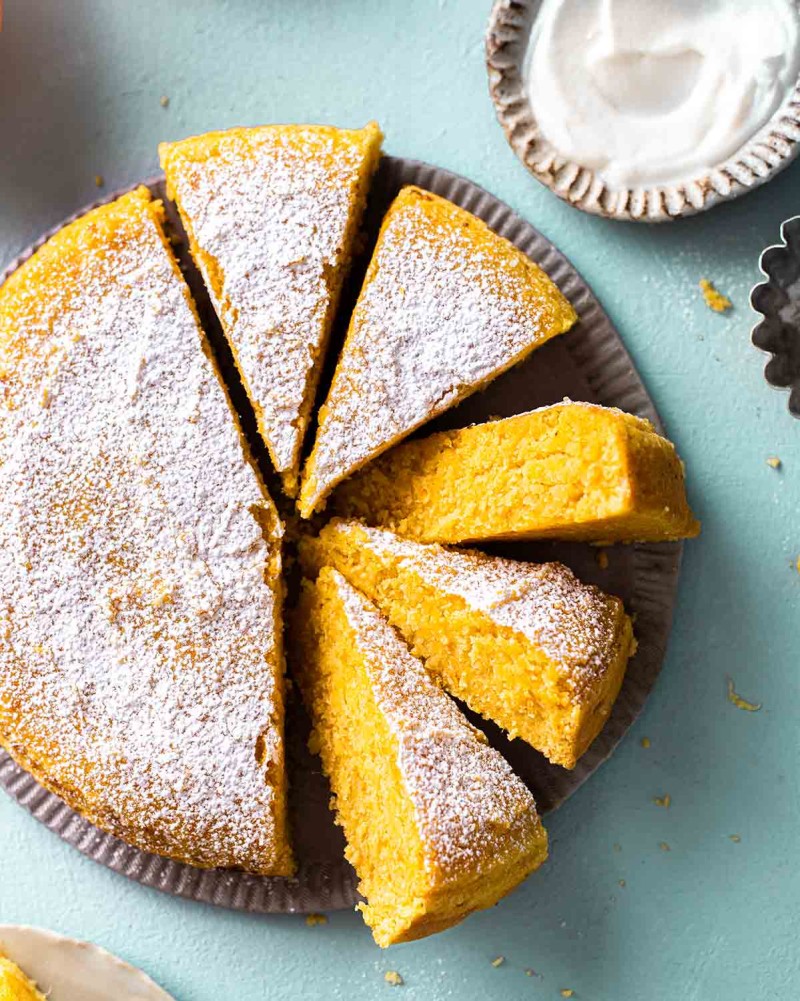
This vegan whole orange cake (Rainbow Nourishments) only needs 5 ingredients, for a refreshing dessert. Inspired by Middle Eastern recipes, it’s super-zesty!
Keep citrus fruits away from pets. Read more on food safety for people and pets. Also bin citrus rinds, as acids could harm compost bin creatures.
The recipe needs just 5 ingredients (yet is free from oil and flour). It’s also full of fibre, due to using the whole orange. And a great way of using up leftover oranges, if you have some left in your fruit bowl. The secret ingredient is potato starch, which you can buy in most grocery stores and supermarkets. If not, find it online.
Why Are Oranges so Popular in England?
Not native, oranges only arrived on English shores in the 17th century, and back then were only eaten by people with access to orangeries (big greenhouses).
Before that, Queen Eleanor (from Spain) would order oranges to dock at Portsmouth harbour, as she was homesick for her favourite fruits.
Today, most oranges still arrive from southern Europe. But Pesticide Action Network say oranges (along with grapes) are usually covered in a cocktail of pesticides before arriving on supermarket shelves. So try to choose organic if you can.
You can also buy darker richer Spanish blood oranges (you can sub in recipes but they will be different in taste and colour). Also related to oranges are mandarins, clementines and easy-to-peel Japanese satsumas.
Key Ingredients for Vegan Orange Cake
Below are the ingredients for a 20 cm round cake tin. UK measurements keep things accurate. Fresh oranges are the star. Zest brings perfume, juice brings both flavour and gentle acidity.
- Self-raising flour, 250 g: Builds structure. Self-raising keeps the crumb light. Sift for an even mix.
- Caster sugar, 180 g: Sweetens and helps a fine texture. Caster dissolves quickly.
- Baking powder, 1 tsp: Adds extra lift to support the juice and aquafaba.
- Fine salt, 1⁄4 tsp: Balances sweetness and sharpens flavour.
- Fresh orange zest, from 2 medium oranges: Adds intense citrus oils. Avoid the bitter white pith.
- Fresh orange juice, 150 ml: For bright flavour and moisture. Squeeze and strain for a smooth batter.
- Plant-based milk, 150 ml: Almond, oat, or soy. Adds moisture and helps browning.
- Neutral oil, 90 ml: Sunflower or light olive oil keeps the crumb soft.
- Vanilla extract, 1 tsp: Rounds the citrus and adds warmth.
- Aquafaba, 90 ml (about 6 tbsp): The liquid from a tin of chickpeas. Whisk to stiff peaks for egg-free lift.
- Cream of tartar, 1⁄8 tsp (optional): Stabilises aquafaba while whisking.
For the glaze:
- Icing sugar, 150 g
- Fresh orange juice, 2 to 3 tbsp, plus a little extra for thinning if needed
- Optional: A little extra zest or thin strips of candied peel
Why each item matters:
- Aquafaba traps air like whisked egg whites, giving an airy crumb without eggs.
- Oil keeps the cake tender, even when chilled.
- Fresh juice and zest create clean citrus flavour without artificial notes.
Substitutions and allergy notes:
- Gluten-free: Use a gluten-free self-raising blend, 250 g. Add xanthan gum, 1⁄2 tsp if your blend lacks it.
- Nut-free: Choose soy or oat milk. The recipe works the same.
- Lower oil: Swap 40 g of the oil for 50 g unsweetened applesauce. The cake will be slightly denser, still moist.
- Sugar swap: Use golden caster sugar for a hint of caramel depth.
Dry Ingredients to Build the Base
Use self-raising flour for ease. It includes a set ratio of raising agents that suits this style of sponge. Sift the flour, baking powder, and salt to remove any lumps and to distribute lift evenly.
Caster sugar works best, as the fine crystals dissolve fast and help a soft crumb. Granulated sugar can leave small grains after baking.
Wet Ingredients for Moisture and Flavour
Fresh orange juice and zest deliver real citrus flavour. Bottled juice tastes flat by comparison. Plant-based milk softens the batter and encourages a light colour.
Aquafaba should be whisked to stiff peaks, just like egg whites. A pinch of cream of tartar helps it hold its shape. Vanilla adds depth and pairs well with citrus. Use a neutral oil so the orange remains the focus.
Simple Steps to Bake an Orange Cake
Prep time: 20 minutes
Bake time: 25 to 30 minutes
Oven: 180°C, or 160°C fan
A light orange sponge needs air in the batter and gentle handling. Fold, do not stir hard. Grease the tin well to avoid sticking and to keep the edges neat.
Prepare and Mix the Batter
- Preheat the oven to 180°C, or 160°C fan. Grease a 20 cm round cake tin, then line the base with baking paper. Lightly dust the sides with flour for easy release.
- In a large bowl, sift self-raising flour, baking powder, and salt. Whisk in the caster sugar to combine.
- In a jug, whisk orange juice, plant-based milk, oil, and vanilla. Set aside.
- In a clean bowl, whisk aquafaba with the cream of tartar until it reaches stiff peaks. The mixture should stand up on the whisk.
- Pour the wet mixture into the dry ingredients. Use a spatula to fold until only a few flour streaks remain. Do not overmix.
- Fold in one third of the whipped aquafaba to loosen the batter. Add the remaining aquafaba in two parts, folding gently until just combined.
- Sprinkle in the orange zest and fold once or twice to distribute. Adding it at the end stops the oils from getting lost in early mixing.
Tip: Overmixing works the gluten and leads to a tough crumb. Stop folding as soon as the batter looks even.
Bake, Cool, and Add the Finishing Glaze
- Spoon the batter into the prepared tin and level the top. Tap the tin once on the counter to pop large bubbles.
- Bake for 25 to 30 minutes. The cake is ready when the top springs back and a skewer comes out clean or with a few moist crumbs.
- Cool in the tin for 10 minutes, then run a knife around the edge and turn out onto a wire rack. Peel off the paper and let it cool fully.
- For the glaze, sift icing sugar into a bowl. Whisk in 2 tbsp orange juice, adding drops of extra juice until you reach a thick drizzle.
- Drizzle the glaze over the cooled cake. Let it set for 15 minutes before slicing.
- Optional finish: scatter a little extra zest or thin strips of candied peel on top for shine and a gentle chew.
Safety notes: Use oven gloves when handling hot tins. Allow the cake to cool before glazing so the icing does not melt and run.
Variations to Perfect Your Bake
This cake is forgiving, yet a few small choices make a big difference. Fresh oranges, well-whisked aquafaba, and light folding produce a sponge that stays moist for days. Store it right and it will taste even better on day two.
Keep slices in an airtight container at room temperature for up to 3 days. For longer storage, wrap slices and freeze for up to 2 months. Thaw at room temperature, then refresh with a light glaze if you like.
Serving ideas: offer neat slices with tea, add a spoon of vegan yoghurt, or a few raspberries on the side. The citrus notes pair well with Earl Grey or a simple breakfast brew.
Common Mistakes and How to Fix Them
- Dense texture: Aquafaba was under-whisked or the batter was overmixed. Fix by whisking aquafaba to firm peaks next time and folding with a light hand.
- Cake sinks in the middle: Oven too cool or door opened early. Bake on the centre shelf and check only near the end. A touch more baking time helps set the structure.
- Dry crumb: Too much flour or overbaking. Weigh ingredients with digital scales, and start checking at 25 minutes.
- Bland flavour: Old oranges or bottled juice. Use fresh oranges, zest them just before mixing, and taste the juice. If it tastes dull, add a pinch of zest to the glaze.
- Sticks to the tin: Insufficient greasing or missing paper base. Grease, line, and lightly flour the sides for a clean release.
Quick save if it is a bit dry: brush the warm cake with 2 tbsp warm orange syrup, made by mixing equal parts orange juice and sugar until dissolved.
Fun Ways to Customise and Serve
- Poppy seeds: Add 1 tbsp to the batter for a gentle crunch.
- Chocolate swirl: Fold through 40 g melted dark vegan chocolate in a few ribbons before baking.
- Nutty lift: Stir in 40 g chopped pistachios or almonds for texture.
- Spiced orange: Add 1⁄2 tsp ground cardamom for a floral note.
- Cupcakes: Divide into 10 to 12 cases, bake at 170°C for 18 to 20 minutes.
- Serving: Offer with vegan pouring cream, a dollop of coconut yoghurt, or a spoon of marmalade warmed into a quick sauce.
Always keep the base vegan. Choose dairy-free chocolate, plant milk, and toppings that match your dietary needs.

